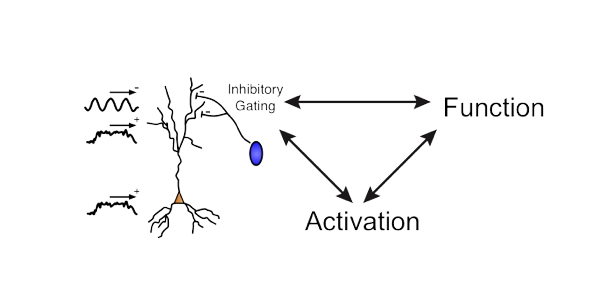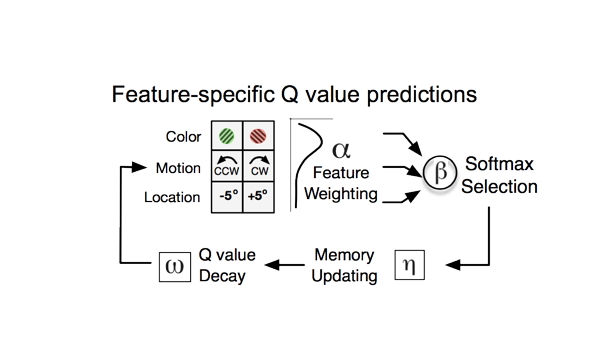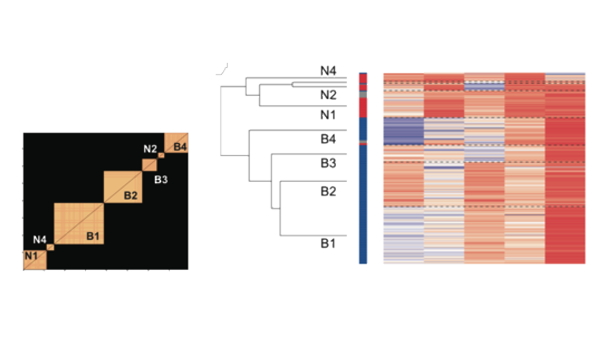Our new paper shows reliable Multi-Neuromodulator measurements in the awake nonhuman primate in prefrontal cortex, premotor cortex and the basal ganglia using a new chemical sensing probe. The probe uses principles of Solid-Phase-Microextraction and is a development by the SPME pioneer and collaborator Prof. Janusz Pawliszyn from the University of Waterloo. The paper can be downloaded here.
New Open-Source Experimental Suite for 3D experiments in monkeys, humans, and artificially intelligent agents
Our new open-source suite for experiments in virtual 3D environments is accepted at J Neurosci Methods and downloadable here. This suite is a complete software (using Unity3D) and hardware (using Arduinos) solution for conducting experiments in 3D environments. It allows running the same experiment in touchscreen, gaze control, or joystick mode (for humans and animals), AND to run the same experiment with a screenshot-based artificial intelligence (reinforcement learning) agent.
The suite comes with an extensive User Manual, Instructions to get started and Example Experiments using traditional 2D and more complex 3D renderings. See: Watson et al (2019) USE: An integrative suite for temporally-precise psychophysical experiments in virtual environments in human, nonhuman and artificially intelligent agents. J Neurosci Methods.
Effective Connectivity Shows Asymmetries in Resonance and Latencies between Medial and Lateral Prefrontal Cortex Connections
The lab has a first article published about the strength, latency and resonance patterns of connections between the anterior cingulate cortex and lateral prefrontal cortex of the macaque. This work was led by postdoc Veronica Nacher and is published in Brain Structure and Function.
The paper identifies a novel electrical microstimulation protocol that can be used to map the efficacy of synaptic connections between distant brain structures.
We found that dACC stimulation-triggered evoked fields (EFPs) were more likely to be multiphasic in the lateral prefrontal cortex than in the reverse direction, with a large proportion of connections showing 2–4 inflection points resembling resonance in the 20–30 Hz beta frequency range. In addition we found that stimulation of dorsal anterior cingulate cortex (ACC) and lateral prefrontal cortex (lPFC) resulted, on average, in shorter-latency EFPs than lPFC → dACC. Overall, latencies and connectivity strength varied more than twofold depending on the precise anterior-to-posterior location of the connections. The Preprint pdf is linked here, the Brain Structure and Function pdf is linked here.
Computational Properties of Prefrontal Cortex – Workshop
We hosted a superb 2018 CPPC (Computational Properties of Prefrontal Cortex) Workshop at Vanderbilt. The workshop attracted more than 60 emerging and established (neuro-)scientists about how the prefrontal cortex works – See the program and more at the www link CPPC2018. This year had special sessions on value-based decision making and uncertainty, social cognition, functional neuroanatomy and more. Discussing progress across sub-domains was highly inspiring and fun. MyVU Vanderbilt Research News featured a story about out workshop (here).
Phase-specific Activation Induces Latent Connectivity Changes
A recent paper provides rare causal evidence that phase-specific stimulation during beta oscillation bursts lead to transient changes in effective (latent) connectivity. This finding and its potentially widespread implications are discussed in our paper Womelsdorf T, Hoffman K (2018) Latent Connectivity: Neuronal Oscillations Can Be Leveraged for Transient Plasticity. Current Biology. 28(16):R879-R882..
New 3D-object type with controllable feature space published with open-sourced code
The lab has a new publication showcasing and describing details of Quaddles: A multidimensional 3D object set with parametrically-controlled and customizable features. Quaddles have 5+ feature dimensions, each with multiple possible feature values that can be parametrically morphed, making it possible to generate a near arbitrary number of unique objects. Thanks to Marcus and Milad to drive this publication to the current level – all scripts used to generate Quaddles are online available here.
Fronto-Striatal Circuits Optimize Feature-based Attention and Learning
Our new publication (Oemisch et al. (2018) Feature Specific Prediction Errors and Surprise across Macaque Fronto-Striatal Circuits during Attention and Learning) provides the first 4-brain-area survey of how prediction error information in the anterior cingulate – ventral striatum and lateral prefrontal – caudate fronto-striatal loops relate to feature-based attention and learning. We found prediction errors that encode the specific stimulus feature that was reward relevant. This coding took place with stimuli having multiple feature dimensions. Reporting that neurons track the specific reward relevant feature suggests an attractive solution of credit assignment through a distributed feature-specific eligibility trace enabling ‘goal-directed’ synaptic plasticity changes across the entire fronto-striatal network.
Large-scale support awarded for advanced Neuro-Behavioral Monitoring
Thilo Womelsdorf, Kari Hoffman and eight more members of a large-scale initiative received a large-scale infrastructure support grant from the Canada Foundation for Innovation, amounting to $3.1M federal support. This extraordinary award allows establishing – in Toronto- an advanced neuroscience infrastructure for conducting research of brain activity and behavior close to real world settings. For a press release see here.  Thanks to all team members to support this vision of Neuro-Behavioral Monitoring integrating computer vision scientists, engineers, data scientists, anthropologists/psychologists and systems neuroscientists to tackle the complexity of real-world attention and learning behaviors !
2017 E.W.R. Steacie Memorial Fellowship Award
What an honour and incredible acknowledgment of our research – Thilo received the 2017 E.W.R. Steacie Memorial Fellowship Award with five fellow scientists in Canada and across the Natural Sciences and Engineering. This is one of the most prestigious awards for young scientists in Canada, celebrating the critical role of fundamental, basic research for driving innovation. For a write-up about Thilo’s contributions see here. Thank you NSERC, and thank you Canada !! – it was an unforgettable experience to see how Canada’s parliamentarians in the House of Commons acknowledged Scientists and the role of basic sciences for society, and how an impressively knowledgeable Prime Minister Trudeau and Science Minister Duncan succeeded to inspire and impress Scientists on their mission to make a difference to the lives of people in the short- and in the long-term!
Theta and Beta Frequency
Theta and beta frequency range coherence between anterior cingulate cortex and frontal eye field indexes the successful preparation for anti-saccades and maintenance of working memory content – with larger ACC to FEF direction of granger causal information flow! These important findings is now published in Nature Communications by Sahand Babapoor-Farrokhran and Stefan Everling with contributions from Martin Vinck and our lab – This is a particular important finding as neuronal coordination between prefrontal and anterior cingulate cortex at the identical frequency ranges characterize successful attention shifts and adjustments following errors – thus there is clear link of prefrontal attentional control signalling to the actual implementation of attentional selection in FEF (and parietal) networks – Congratulations for this major achievement ! The article Theta and beta synchrony coordinate frontal eye fields and anterior cingulate cortex during sensorimotor mapping can be downloaded here .







